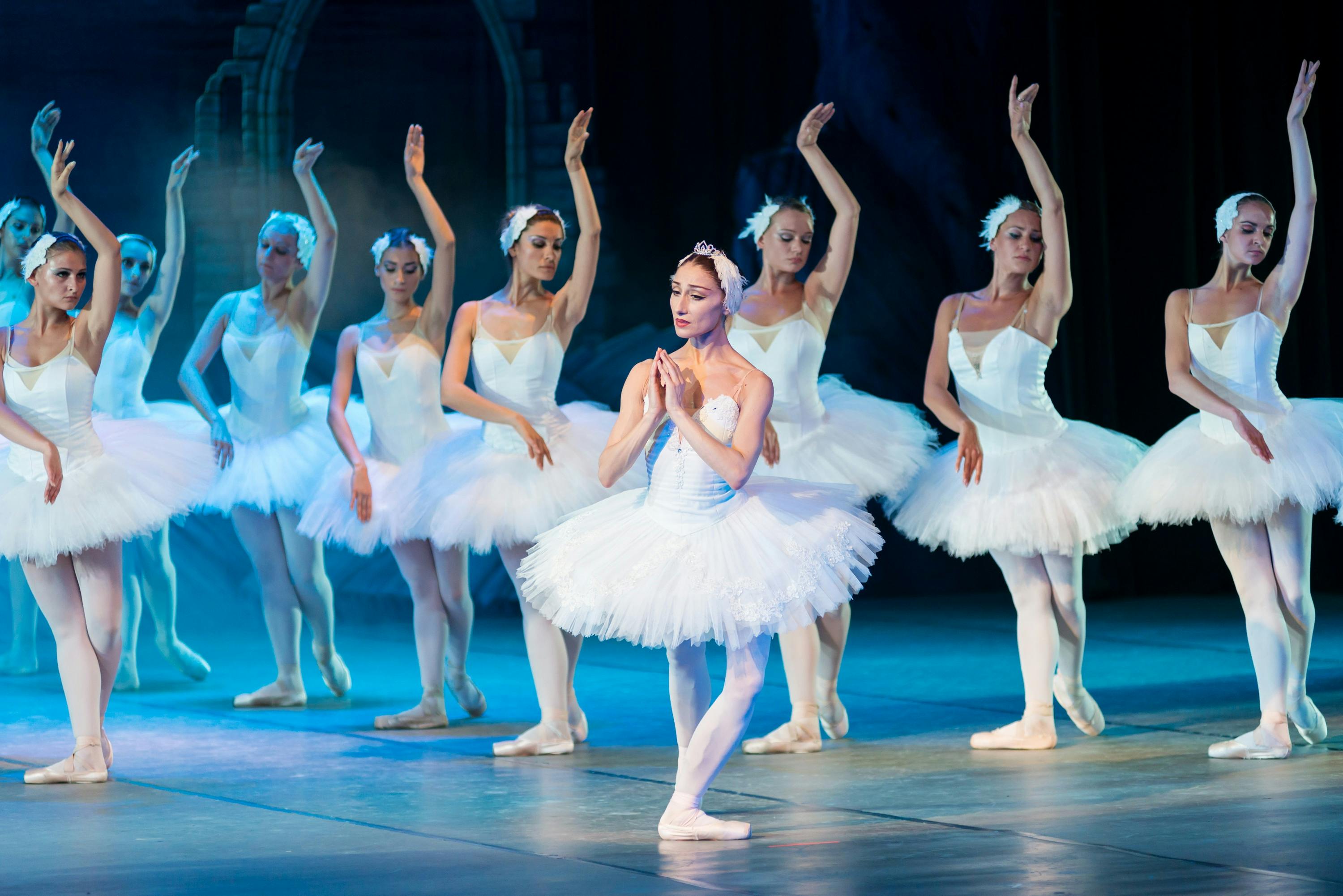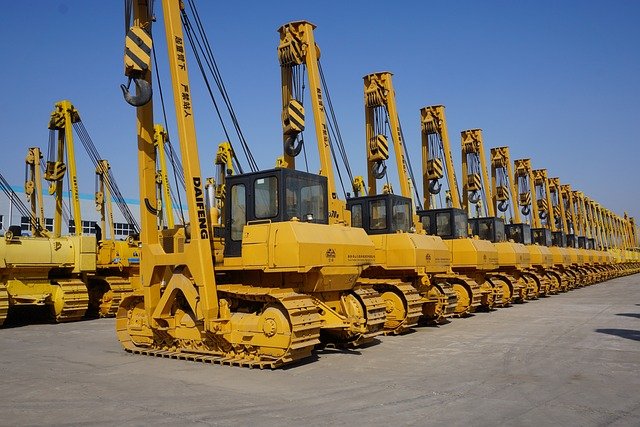Resurgence in Ballet: Elegance, Grace, and Power in the Modern Era
Ballet is one of the oldest art forms, with its origins tracing back to the Italian Renaissance courts of the 15th and 16th centuries. Its evolution has been marked by cultural, societal, and artistic shifts, leading to numerous styles and interpretations. However, today, ballet is experiencing a noteworthy resurgence, reshaping traditional notions and infusing the classic with the contemporary.

Ballet: A Brief Historical Perspective
Italian courts of the 15th century were the birthplace of ballet, a performance art initially intended as an elaborate, dance-filled spectacle for royal weddings. The art form evolved and flourished in France, under the patronage of Louis XIV, who established the first ballet academy, Academie Royale de Danse, in 1661.
Ballet further developed in the 19th century, with romantic ballets like “Giselle” and “La Sylphide” capturing public imagination. The 20th century saw the emergence of modern ballet, with figures like George Balanchine and Mikhail Baryshnikov pushing the boundaries of the art form.
Current Developments: Ballet in the 21st Century
The 21st century has seen ballet adapting to the changing world around it, with companies around the globe infusing diversity and inclusivity into their repertoire. Moreover, the advent of social media has significantly influenced ballet’s outreach, making it more accessible to the general public.
Today’s ballet is not merely about tutus and pointe shoes; it encompasses a broad range of styles, from neoclassical to contemporary, making it a versatile and dynamic art form.
Ballet’s Modern Impact and Significance
Ballet’s resurgence in the modern era is a testament to its enduring appeal and adaptability. It continues to inspire, captivate, and provoke thought, much like it did centuries ago.
Modern ballet has become a powerful tool for storytelling, often addressing complex themes like gender, race, and social issues. It challenges stereotypes, breaks barriers, and offers a platform for diverse voices.
In a society where speed and instant gratification are often prioritized, ballet reminds us of the beauty of patience, discipline, and craftsmanship.
The Reception of Contemporary Ballet
Today’s ballet has been welcomed with open arms by audiences worldwide. The inclusion of more diverse narratives and the fusion of traditional and contemporary elements have renewed interest in this classical art form.
The rise of ballet-centric films, documentaries, and television series has also contributed to ballet’s growing popularity. These productions offer a behind-the-scenes look at the grueling training, dedication, and passion that go into each ballet performance, further deepening public appreciation.
The resurgence of ballet in the modern era is a testament to the art form’s resilience and adaptability. As it continues to evolve and reinvent itself, ballet remains a vital part of the global arts and entertainment industry. Its ability to captivate audiences, tell stories, and evoke emotion is a testament to the enduring power and relevance of this timeless art form.




